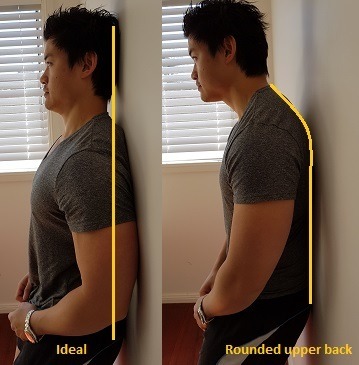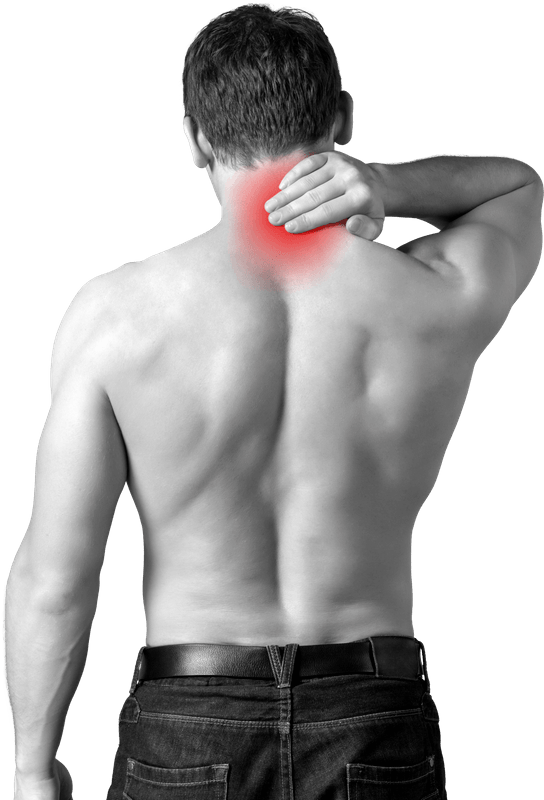Have you ever been out in public and noticed somebody with a hump on their upper back or 
lower neck? Or even worse, have you noticed it on yourself and wondered what it was? (Or perhaps noticed it on an elderly relative). This rounded spine you have noticed is called a Dowager’s Hump. We have many clients coming into the clinic worried that they have either developed a Dowager’s Hump or that they might develop one, and want to do what they can to avoid it.
What is a Dowager’s Hump?
Essentially, a Dowager’s Hump is an excessive forward curve in the upper thoracic spine (upper back) and lower cervical spine (neck). It affects many people, and is more often seen in older people, particularly females. It results in an excessive bony prominence at the base of your neck (usually C7/T1/T2 spinal levels).
What causes a Dowager’s Hump?
There can be a number of causes, including:
- Prolonged postures (eg. slouching) over a long period of time – the body is designed to move and change positions regularly, and if this doesn’t happen, the body can begin to lay down thick connective tissue as a response to this loading on the neck
- Individual anatomy, structure and genetics
- Menopause / osteoporosis – as females pass through menopause, the body isn’t as able to absorb calcium. This can lead to the development of osteoporosis and bone fractures, which can change the shape of the vertebral bones, leading to more curve through the spine
- Medical conditions, such as Scheuermann’s disease, Marfan’s syndrome, Cushing’s syndrome and Parkinson’s disease
- Long term use of corticosteroids
Is it bad to have a Dowager’s Hump?
There are some people that may develop some upper back pain, neck pain, headaches, and even breathing problems due to having a Dowager’s Hump, but many people won’t experience any pain or other consequences, apart from the cosmetic issue of not liking the look of it.
How can I test if I have this condition?
The diagnosis is usually reached with a combination of a clinical assessment, looking at static and dynamic postures, spinal mobility, and possibly xrays of the spine. However, a quick DIY test at home involves standing with your back against a wall, drawing your shoulders back against the wall, and then proceeding to “retract” your neck and attempt to get the back of your head touching the wall (keeping it level). If you can’t get your head to touch the wall, it suggests your thoracic spine is already stiff and too rounded.

What can be done about it?
That depends on what is causing the Dowager’s Hump. Finding the cause will go a long way to determining the best treatment approach. While it’s important to seek medical help if it is or possibly related to a medical condition, most people will find physiotherapy beneficial. Physiotherapy can help with developing a back and neck stretching, mobility and strengthening program, gentle hands-on treatment, and guide you on posture or movement habits which may be contributing to the issue.
If you’ve concerned that you have, or may develop a Dowager’s Hump, give us a call at Ahead Physiotherapy today on (07) 5437 8899.

